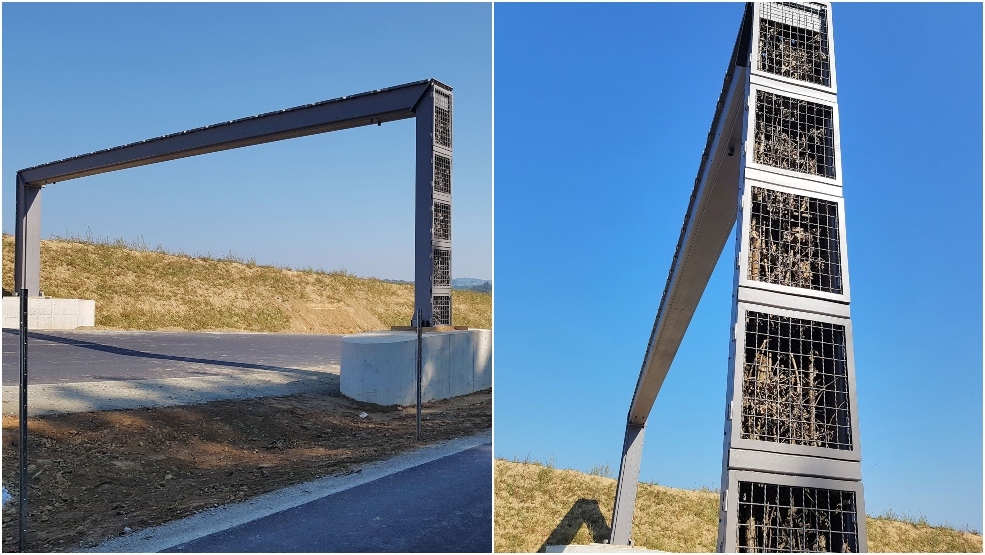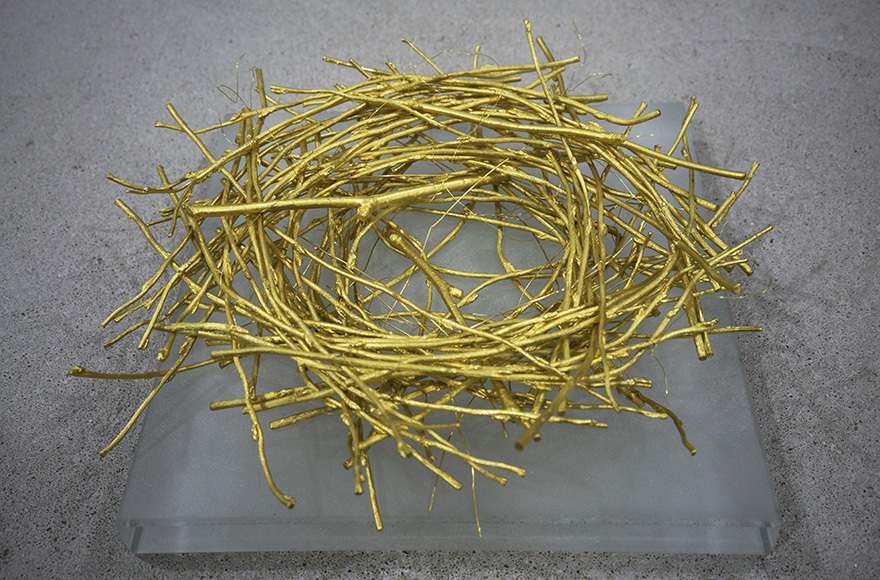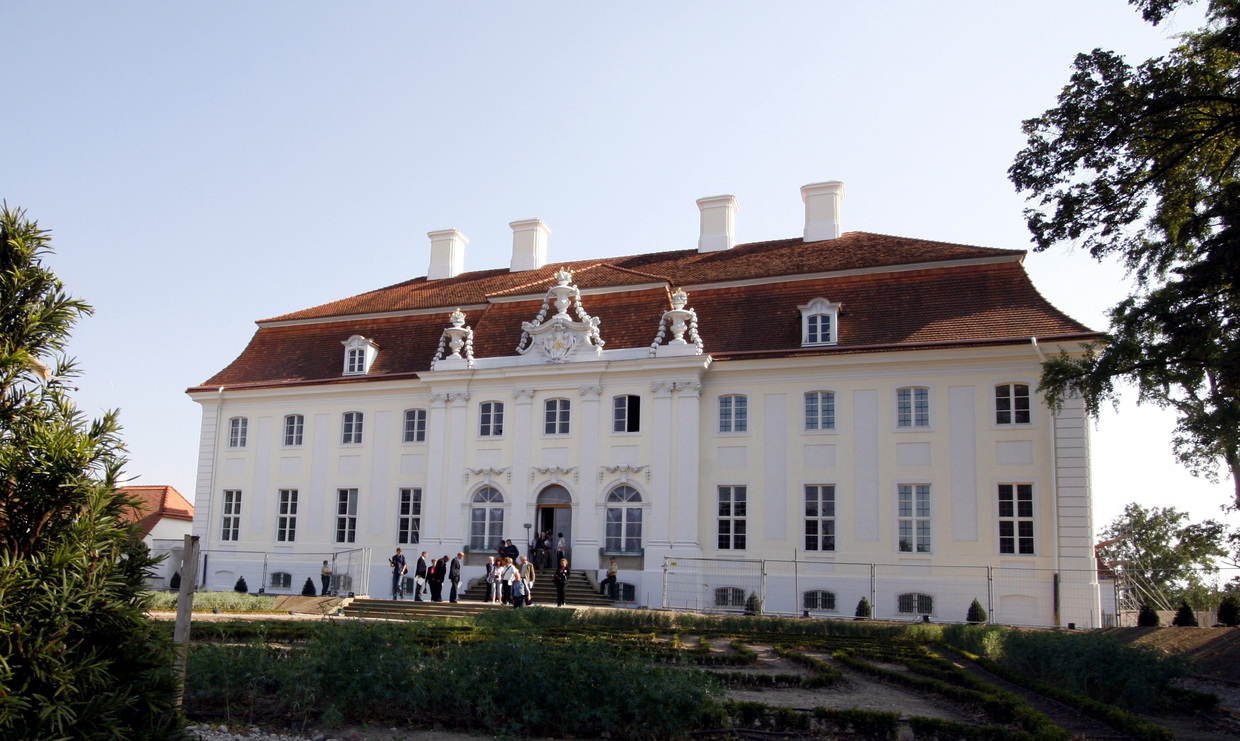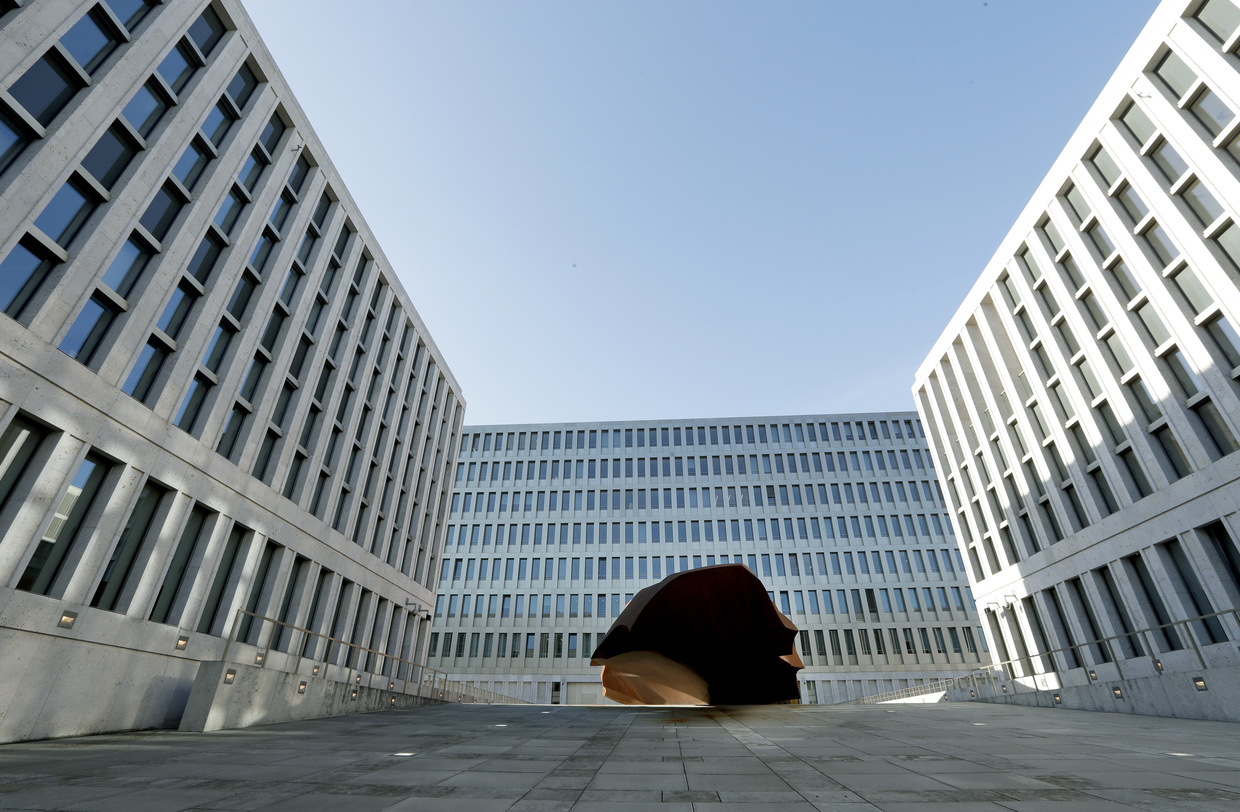Mouse bridge, surfing in the river, huge spy HQ: German NGO lists mind-blowing ways govt blows taxpayer cash

he German taxpayers union has revealed how the authorities built a rodent bridge, paid for a gold nest, and blew public funds on other extravagant purchases.
The ‘Black Book’ of government spending is published every year by the German Taxpayers Federation (BdSt). It lists 100 examples of what the authors say are the most outrageous and ridiculous ways in which officials spend the taxpayers’ money.
Road bridge for… MICE which they don’t even know how to use
A highway in Thuringia runs right through a hazel dormouse habitat. Fearing that the critters will not be able to cross the road safely, authorities spent about €93,000 ($103,740) on building a separate bridge for them. The constructions require mice to climb up 7-meter (23 feet) wooden rungs and run down a narrow 20-meter (66 feet) passage above the road.
The officials are now wondering whether the mice actually use the bridge or not.

Gold nest artwork which ends up stolen
A primary school in Berlin has commissioned a 24-karat gold nest. Its 74 glistening branches were supposed to symbolize “the ideas and dreams of students and teachers,” while the artwork rested behind bulletproof glass.
Protection did not work though, as the nest was stolen by burglars just six months later. It cost taxpayers €92,500 ($103,340).

Reprinting ballots to correct typos
The State of Rhineland-Palatinate had to replace hundreds of thousands of ballots due to small but embarrassing spelling mistakes in the names of candidates and parties in this year’s local election. The typos needed to be corrected included ‘Aexandra’ instead of ‘Alexandra,’ and ‘Freidrich’ instead of ‘Friedrich.’ The whole operation cost around €80,000 ($89,355).
‘Guest’ castle where (almost) NOBODY stays
The federal government has been renting the lavish Meseberg Castle to host foreign guests. Spending on security, staff, maintenance, and management of the 18th century Baroque palace, 60km (37 miles) north of Berlin, racks up €5 million ($5,6mn) a year.
Despite the lavish interiors, in the past four years, the palace was busy for only 32 days. This means, on average the castle is used eight days a year, BdSt pointed out. Regular events include important state business such as the chancellor’s Christmas tree handover ceremony.

Artificial waves for surfers
Officials in the southwestern city of Stuttgart wanted to find out whether it was possible to create artificial waves in the Neckar River for local surf enthusiasts to enjoy. They ultimately dropped the idea, deciding that the river was too dirty for surfing. The study to discover this cost €93,000 ($103,750).
Refurbishing Navy tall ship
The Defense Ministry has allocated €135 million ($150mn) to renovate its historical tall ship ‘Gorch Fock.’ Originally used for training sailors, the three-mast vessel was under constant repair since 2015, thus earning a spot in several editions of the Black Book. The costs keep mounting, along with the allegations of the misuse of funds, but the military seems to be hell-bent on continuing to spend, BdSt wrote.

Berlin’s gigantic spy compound
The HQ of Germany’s main spy agency, the Federal Intelligence Service (BND), moved from its modest villa in Bavaria to a huge new compound in downtown Berlin in February.
The building took 12 years to finish while the construction costs constantly grew. In the end they reached a whopping €1.1 billion ($1.25bn). On top of that, its blueprints were stolen early in the construction process, and many Germans complained that the architecture looked strange and unappealing.

Like this story? Share it with a friend!

